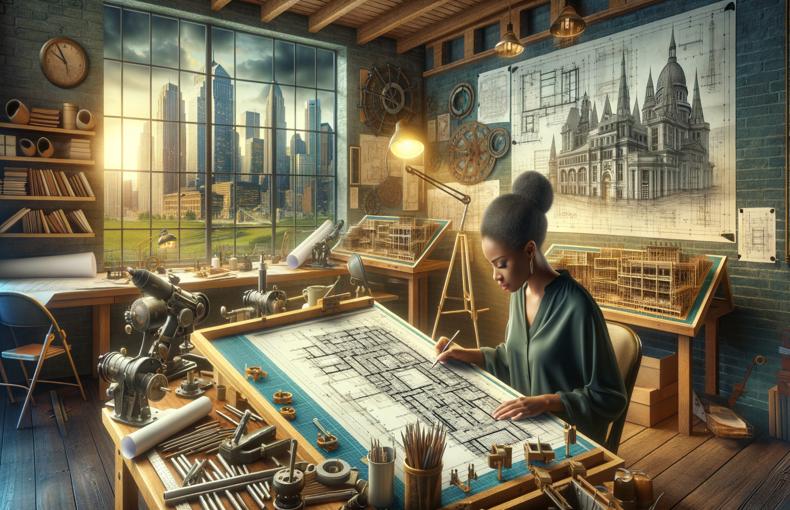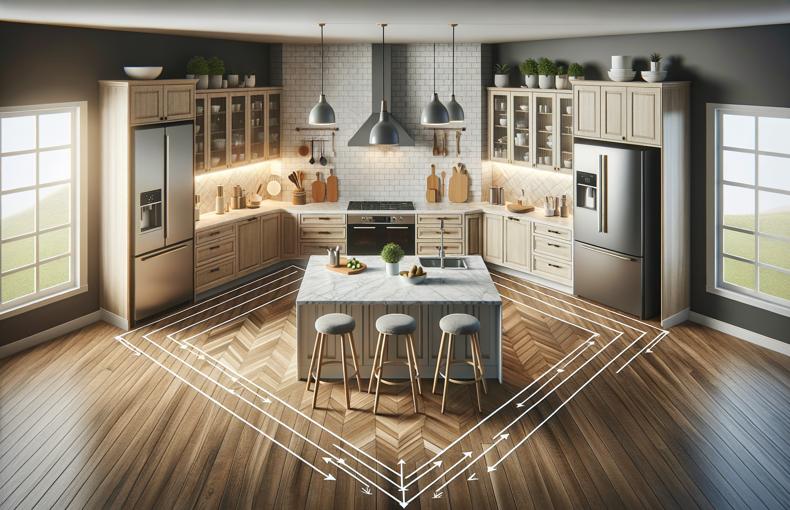Collaboration with Builders: "The Power of Collaboration: How Your Drafter Works Hand-in-Hand with Your Builder for Seamless Execution
In the world of construction, turning a blueprint into a tangible structure involves more than just bricks and mortar. It requires a well-coordinated team of professionals, each bringing their unique expertise to the table. Among the most crucial collaborations is that between the drafter and the builder. This dynamic duo ensures that every detail on paper translates seamlessly into reality. Here’s how their collaboration can make all the difference in your construction project.
The Blueprint of Success: The Drafter's Role
A drafter, often referred to as a draftsman or draftsperson, is responsible for creating detailed technical drawings and plans based on the architect's initial designs. These drawings are the roadmap for your project, outlining every measurement, material, and structural detail. The drafter's precision is critical; any discrepancy can lead to costly mistakes and delays.
Bridging the Gap: The Builder's Role
The builder, or contractor, takes these detailed plans and turns them into a physical structure. They coordinate the construction process, manage labor and materials, and ensure that the project adheres to building codes and regulations. The builder’s experience on the ground means they can foresee potential issues and provide practical solutions that keep the project on track.
The Power of Collaboration
1. Enhanced Communication
Effective communication is the cornerstone of any successful collaboration. Regular meetings between the drafter and the builder ensure that both parties are on the same page. This dialogue helps the drafter understand the builder’s needs and constraints, allowing for adjustments to the plans that can save time and resources.
2. Early Problem-Solving
When drafters and builders work closely from the outset, they can identify and address potential issues before construction begins. For example, a builder might point out that a particular design element could be challenging to execute with the available materials or within budget. The drafter can then revise the plans accordingly, avoiding costly changes during construction.
3. Streamlined Processes
A collaborative approach leads to more efficient processes. Builders can provide real-time feedback as the project progresses, allowing drafters to make necessary adjustments quickly. This agility minimizes downtime and keeps the project moving forward smoothly.
4. Improved Quality and Precision
When drafters and builders collaborate, the quality of the final product is significantly enhanced. Builders can ensure that the construction adheres precisely to the drafter’s specifications, while drafters can create more practical and buildable plans based on the builder’s input. This synergy results in a structure that not only looks great but is also structurally sound.
5. Cost-Effective Solutions
Collaboration can also lead to more cost-effective solutions. By working together, drafters and builders can find ways to use materials more efficiently, reduce waste, and optimize labor costs. This teamwork ensures that the project stays within budget without compromising on quality.
Real-World Success Stories
Many successful construction projects have showcased the power of collaboration between drafters and builders. Take, for instance, the construction of a custom home. The drafter and builder work together to incorporate unique design elements that reflect the homeowner’s vision while ensuring that these features are practical and feasible. This collaboration often results in a home that exceeds the homeowner’s expectations in both form and function.
In commercial construction, collaboration is equally critical. When building an office complex, for example, the drafter and builder must ensure that the design not only meets aesthetic and functional requirements but also complies with local building codes and accessibility standards. Close collaboration helps navigate these complexities efficiently.
The Future of Construction Collaboration
As technology advances, the collaboration between drafters and builders is becoming even more seamless. Building Information Modeling (BIM) and other digital tools are revolutionizing the way these professionals work together. BIM allows for real-time updates and shared access to project data, making it easier to coordinate efforts and ensure accuracy throughout the construction process.
Conclusion
The collaboration between drafters and builders is a powerful force in the construction industry. By working hand-in-hand, these professionals ensure that every project is executed seamlessly, from the initial design to the final build. Their combined expertise leads to higher quality, greater efficiency, and more cost-effective solutions. So, the next time you embark on a construction project, remember the value of collaboration – it’s the key to turning your vision into reality.











